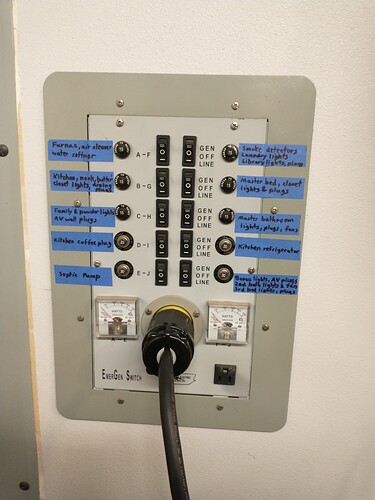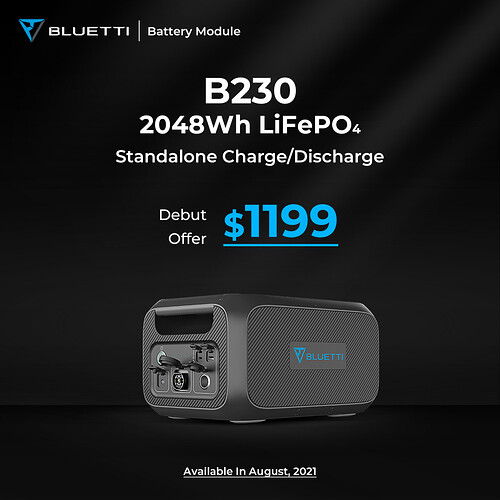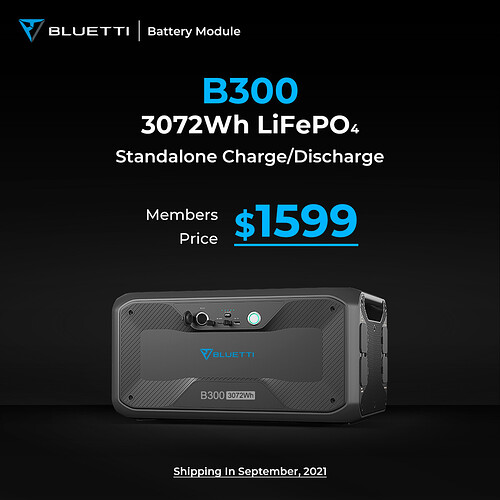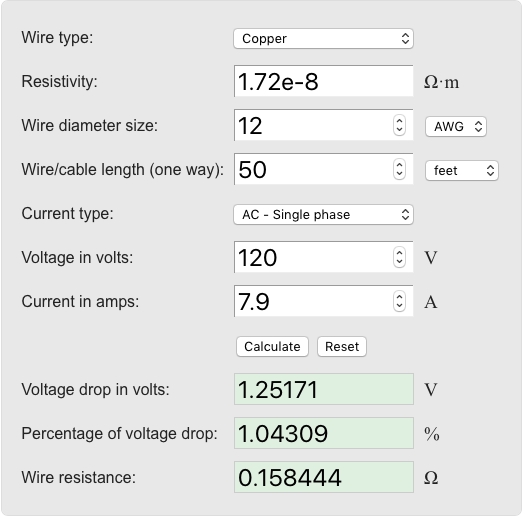Hi, can you use a 12 gauge extension cord with the AC200P/2000Wh/2000W power station? I got this for emergency use at home. If I want to plug in my fridge (in the kitchen) and need to use appliances at night in the bedroom, how can I do this without being able to using at least one extension cord? The really bad customer service at Bluetti told me they “don’t recommend ext. cords”. Thanks! ![]()
12 gauge would be fine, Bluetti is probably telling you that just in case someone uses a defective cord and burns their house down.
I plug my AC200P into a generator transfer switch to distribute the power thru out the house but have used long extension cords as well with no issues.
Thank you Eric! What a relief.  I’m very interested in the transfer switch. Do you have a link or info you could
I’m very interested in the transfer switch. Do you have a link or info you could
share? Or do you mean you are also using a normal generator? You can probably guess I’m somewhat new to
all of this!
I installed this generator transfer switch next to my main panel about 20 years ago so it may not exist anymore but if you do an internet search I’m sure there’s tons of info out there on types of switches, installation etc. To connect the AC200P to it all I needed to do was take a short heavy duty extension cord and add the proper plug to the end of it. Now when we have extended power outages I can run which ever circuits I need on either the generator or the Bluetti.
Thank you. Do you think it’s wise to using more than one 12 gauge cord at a time?
Shouldn’t be a problem. In theory you could run six cords out of the Bluetti’s six AC outlets if the total loads of all six stayed under 20 amps.
Even the fridge companies tell you not to use an extension cord - it’s cya. Use a good 3 prong short (6 feet or less) extension cord, 12 gauge (or 10 if it makes you feel better  ) from wall outlet to fridge, and get a little magnetic hanger and hang any excess on the side of the fridge, or on top. Then if there’s a power outage, you can easily reach the fridge cord, unplug from short extension cord and plug into another short extension cord (if needed) from your fridge to the AC200P.
) from wall outlet to fridge, and get a little magnetic hanger and hang any excess on the side of the fridge, or on top. Then if there’s a power outage, you can easily reach the fridge cord, unplug from short extension cord and plug into another short extension cord (if needed) from your fridge to the AC200P.
Thank you! What about plugging the fridge’s cord directly to the 12 gauge ext. cord which is plugged into the Bluetti? In case of power outage, I’m trying to figure out how to keep the fridge running and be able to run small appliances in the bedroom at the same time (night). If I use a 50 ft. 12 gauge w/the fridge, I can also keep the Bluetti in a range to plug in the bedroom appliances.
Better to use the longer extension to your bedroom. This is why I have several (ok, many) sizes of Bluettis, so I can use the smaller ones in various rooms without the need for long extension cords. Most other rooms than the kitchen need much less wattage. An EB70 or AC50s or even an AC30 can do the job, depending on how long your outages are and how much wattage and watt hours you need… You could also add the new B230 or B300 expansion battery (up to two), which can be used as a stand alone DC source or in conjunction with your AC200P to extend the Wh by 2048Wh per B230 or 3072Wh per B300. This is a great solution for longer power outages in winter when solar charging is less available.
A 50 ft. 12 gauge extension cord can easily handle a residential fridge. I doubt they spike at more than 5-6 amps when the compressor kicks in. 12 gauge extension cords are rated at 15 amps.
I like to do a voltage measurement before loading, and then after, and notice the voltage drop. Numbers and specs are great, until they aren’t.
Great. Is there a good place to go for basic info on amps/spikes for various appliances etc.?
For your fridge there should be a tag on the inside (food storage area) with the peak amps info. My 29cf Samsung shows 5.3 amps and on an older 20cf Frigidaire its 4.5 amps. Most electrical devices will have the same info in watts or amps somewhere on the device or power brick. I prefer to use a watt meter to get the actual watts used per hour and the peak watts which you can convert to amps. This is the one I’m using at the moment. https://www.amazon.com/gp/product/B07Y1SLZ8W/ref=ppx_yo_dt_b_search_asin_title?ie=UTF8&th=1
Thanks, great info. I will start looking at our appliances and check out the watt meter. This group is invaluable!
Our fridge says 7-9 amps.
Our fridge is 7.9 amps (not 7-9). If I have that plugged into the Bluetti and then a 12 g. 15 amp ext. cord to the bedroom appliance which is 6.67 amps I guess I should be okay. What is the total amps the Bluetti AC200P can take?
20 amps and if for some reason you go over that the Bluetti will shut down to protect itself.
With respect to the watt meter, what is the difference between “dual tariff” and “single tariff”? Thanks!
A tariff is where you can enter the cost of your electricity per KWH into the watt meter so you can see what your appliance is costing you per day. Dual is where you can enter two different costs per day if your are on a system that charges different rates at different times of the day. The dual tariff model has a 24 hour clock to make that work, the single tariff model only has a timer.
The dual tariff meter is the way to go because it will also store the peak and lowest watts used where as the single tariff model won’t. That’s handy so you can see startup wattages/amps of your devices.
12 AWG wire can pass 20 A with no heating or measurable voltage drop unless the distance is over 50 feet. Then the wire resistance increases to the point that some tenths of a volt are dropped as heat. If the extension is lower rated at 15 A then the wire is actually smaller than 10 AWG or a weaker quality.
Lara,
If you are interested in learning how folks in this thread conclude that your 7.9 amp fridge will be happy at the end of a 50-foot 12-gauge extension cord, you can simply enter the parameters of your design into a “voltage drop” calculator, such as this one. Below is the calculation for your design:
The inputs specific to your design are the 12-gauge size, 50’ cable length, and 7.9 amp load.
The key result is the “percentage of voltage drop”—1% in this case. Your fridge will see a voltage that is just 1% lower than the nominal 120V. A common specification for an acceptable voltage drop is <3%.






